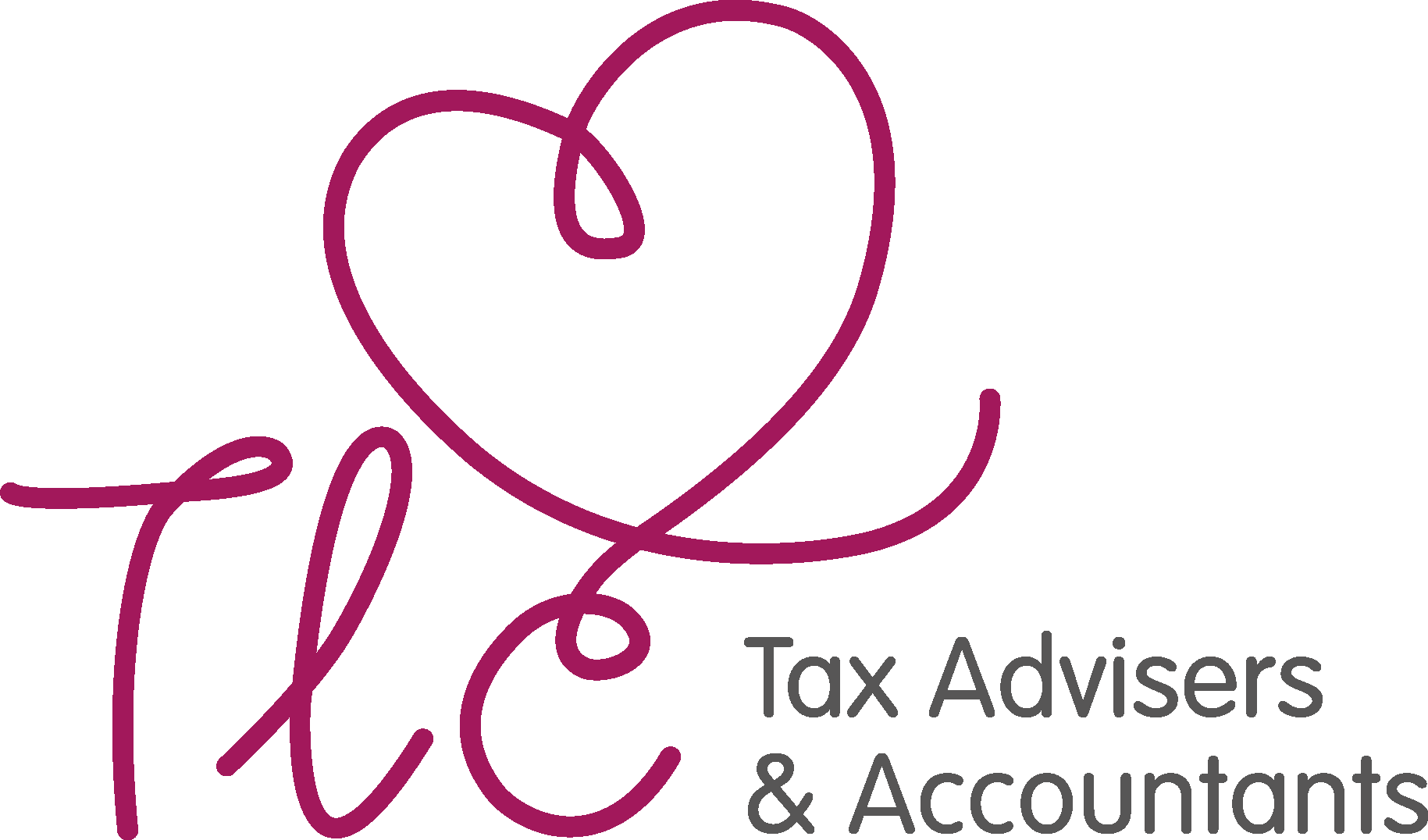Your Most Tax-Efficient Director’s Salary for 2025/26: What You Need to Know
17th April 2025

With the first pay date of the 2025/26 tax year almost upon us, you might be asking: what’s the most tax-efficient salary strategy for the year ahead? As usual, we’ve crunched the numbers for you…
This year, the reduction of the Employer’s National Insurance Contribution (NIC) threshold adds another level of complexity – and admin.
So, what’s the plan for making the most of your tax allowance? It depends on your personal circumstances (of course, we’ll work out the best option for you), but here’s our rule-of-thumb strategic outline:
What’s the Most Tax-Efficient Salary for Directors in 2025/26?
For most director-shareholders, taking a modest salary and extracting the rest as dividends remains the most tax-efficient way to draw profits.
In 2025/2026, we still recommend setting this at £12,570 (£1,047.50 per month) – the same as last year.
You might wonder why we haven’t suggested a strategic change that lowers your salary to the new secondary threshold of £5,000 (the point at which you’ll now pay NICs, down from £9,100 in 2024/2025). At £5,000, the salary is below the Lower Earnings Limit (set at £6,500 for 2025/2026), so it wouldn’t earn National Insurance credits towards your state pension.
A salary of £12,570 remains above the Lower Earnings Limit, triggering NI contributions of approximately £1,135.50 per year, and uses the full Tax-Free Personal Allowance limit (if it’s your only source of income), meaning no Income Tax is due.
How Changes to Employer’s NI Will Affect You
In the 2025/2026 tax year, you’ll pay Employer’s NI once your total liability exceeds £10,500 (increasing from £5,000 in 2024/2025). But, your company is not eligible if you’re a sole director or your company’s only employees are directors.
If you’re a sole director, taking a salary of £12,570 will incur Employer’s NICs on wages. But, the salary is offset against the company profits, which reduces the company’s CorporationTax liability. The reduction in the Corporation Tax is greater than the employer’s national insurance and, therefore, is more tax efficient overall.
We also recommend keeping salaries for companies with two or more directors at £12,570 – the Employer’s NICs will be offset against the Employment Allowance Claim, which is available for companies with more than one director.
This table highlights the overall position. It show the net savings for sole directors on a salary of £12.570 per year, or £1,468.55 per month (if you pay Corporation Tax at 19%). At the top rate of Corporation Tax (25%), the saving would be £2,007 if you stick with this salary.
Comparing Salary Scenarios: Sole vs Multiple Directors:
| Sole Director Secondary Threshold | Sole Director Lower Earnings Limit | Sole Director Primary Threshold | 2+ Directors Primary Threshold | |
| Annual salary amount | £5,000 | £6,500 | £12,570 | £12,570 |
| Can claim Employment Allowance of 10k | No | No | No | Yes |
| Will need to pay Employer NI AT 15% over 5k | No | Yes | Yes | No |
| Will need to pay NI as an employee | No | No | No | No |
| Will need to pay income tax as an employee | No | No | No | No |
| Will you, as an employee earn NI credits for state pension etc | No | Yes | Yes | Yes |
| Employers NI to pay | £0.00 | £225 | £1,135 | £0.00 |
| Corporation Tax Relief on salary based on CT rate of 19% | £950 | £1,277 | £2,604 | £4,776 |
| Net saving, reduction in Corporation tax for salary less employers NI cost | £950 | £1,052 | £1,468 | £4,776 |
New Employer’s NI Payment Schedule for 2025/26
Previously, sole director companies paid Employer’s NI contributions of £478.86 as four payments between January and April. In 2025/2026, £1,135.50 will be due – and from earlier.
You’ll start paying from PAYE month four (August), with the first payment due on 19 September and each month after:
- Due 19 September £35.63
- Due 19 October £157.13
- Due 19 November £157.13
- Due 19 December £157.13
- Due 19 January £157.13
- Due 19 February £157.13
- Due 19 March £157.13
- Due 19 April £157.13
When your payment might be different
If you have other benefits, we may recommend that you reduce the £1047.50 monthly salary by £15 or £30 per month (there’ll be a new line on your payslip for payment benefits).
Why? P11Ds will be abolished on 6 April 2026. Rather than TLC preparing a P11D for you, we must add benefits to payroll instead from this date.
To smooth this transition, we’ve decided to payroll benefits for our professional fee-paying only clients (if your only benefit is your £180 or £360 TLC professional fee) a year ahead of the deadline.
We’ll pop you a note if that’s you…
We also recommend you take salary and dividends combined as drawings from the Directors Loan Account (DLA) and so nothing changes in what you take each month – its just the split of salary and dividends we adjust.
When You Might Need a Bespoke Strategy
There are some circumstances where the strategy above may not be right for you. If any of the following apply, we have a separate plan for you:
- You’re a director but have income from another source outside of your limited company (i.e. rental income).
- How much tax you pay or save across the combination of your company and personally is more important than what you take home in cash, and you can afford to sacrifice personal take-home pay for the benefit of the company tax position.
- You are planning on drawing between £100,000 and £125,000 of income from your company.
- You have an income of over £50,000 from other sources.
If any of these apply—or if you’d like personalised advice on your salary strategy—get in touch, and we’ll help you find the most tax-efficient approach for your situation.
